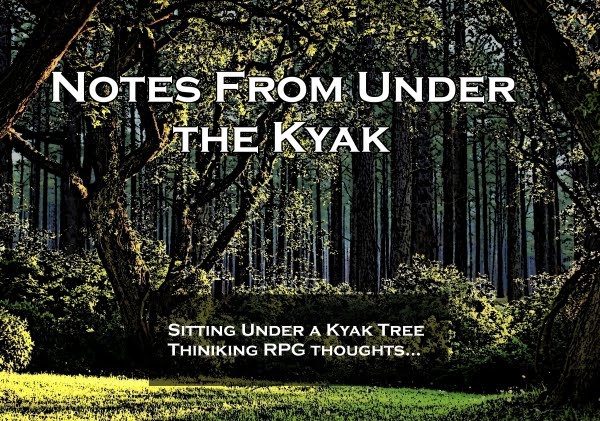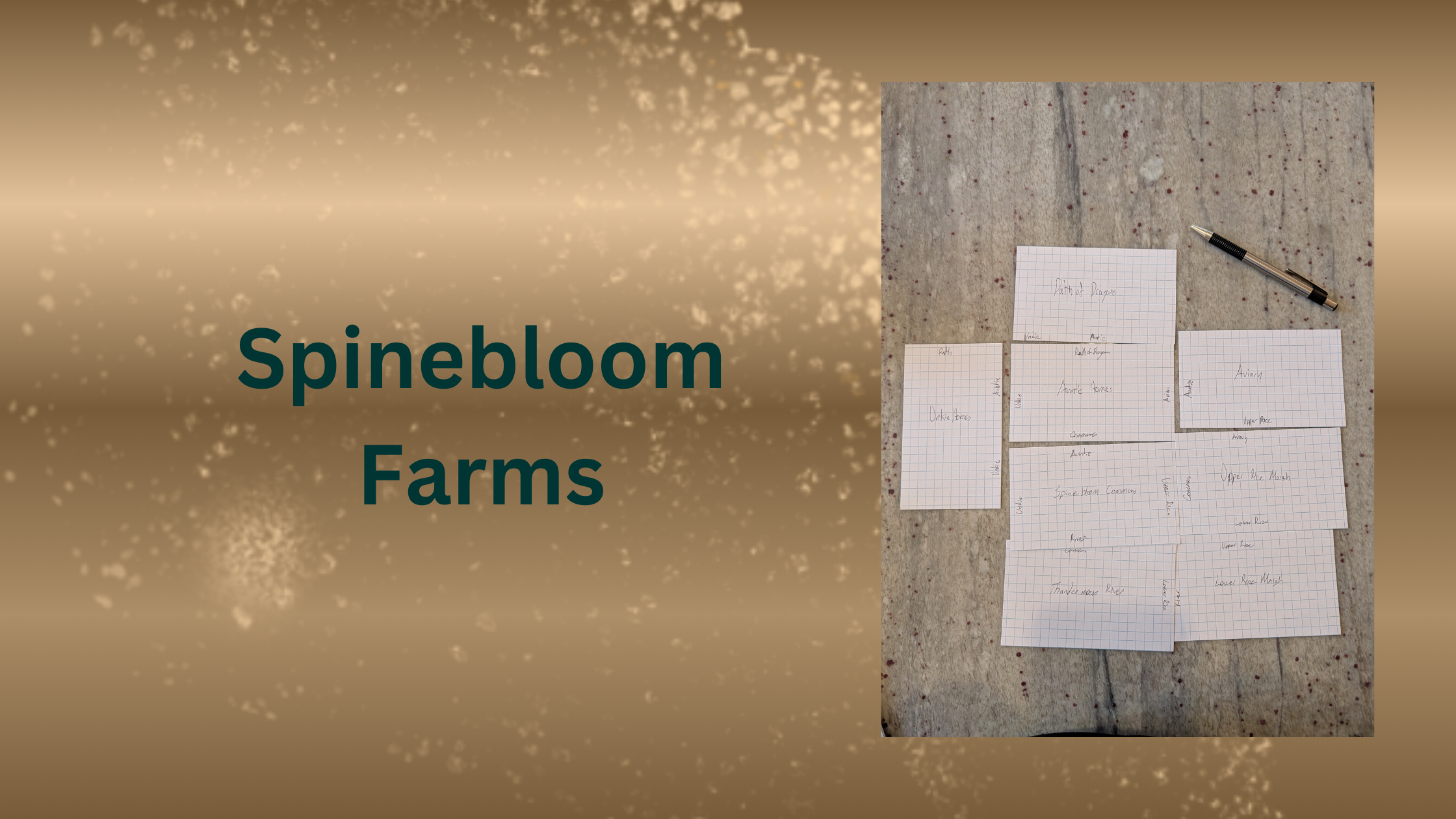Caves of Chaos, that is.
I started in the Caves. I'm pretty sure my first character died in the Kobold Caves (oh, the indignity!!). I KNOW that I've been through the Caves four or five times (and we sacked the Keep at least twice...). Murder hobos indeed.
I was reading a post on the Hack and Slash Blog about the design of the Caves. Good post. You should check it out. I know that B2 is often lifted up as a highpoint of adventure design. And it IS the highpoint of a certain type of adventure design. One many of us really enjoy. It's not how *I* write an adventure, but I do think it is a very useful (important factor - easy to use at the table) adventure.
And even though from an adventure standpoint it's pretty pedestrian - it WASN'T when it was published.
Still - not my point in this post.
I remember finally sinking my teeth into the Moldvay Basic and Cook/Marsh Expert sets and reading up on the monster descriptions (we all were both players and DMs back in the day - besides, they sold the box with both books so you read them both, right?) and thinking... I know these are the Caves of CHAOS but I don't think all these monsters would live together like this...
And I know over the ensuing decades this has been bandied back and forth a million times. My turn to throw an idea out there (that has certainly been done before).
So there's this evil temple. That's the key, right? I mean it's clearly the climax of the adventure - it IS the most interesting section with more words spilled on description than most of the other areas - it has arguably the most powerful opponents - maybe a single Minotaur or medusa would be more powerful than any one of the inhabitants of the Chapel - but taken together, this has always been the most serious challenge for parties in my experience.
The Chaos Chapel or whatever you want to call it is establishing a foothold in the region near the keep. So what if none of these monsters has ever WANTED to live so close to one another - but are compelled to live under a vague and barely kept truce by the presence of the Temple. What if the caves were originally home to two rival orc clans - two families (heck, the chieftains could have been cousins or brothers or whatever) who pledged allegiance to these powerful dark priests who wanted to use their caves as a base of operations... then the deal kept getting worse and worse as the priests moved in goblins and hobgoblins and gnolls and bugbears and kobolds. And the orcs don't like it -and occasionally take shots at the others (especially the really weak goblins and kobolods). And all they really want is their caves back so they can go back to pillaging and plundering and doing their average orc stuff... No more of this "petitioning the dark forces of chaos" stuff...
So there could be a little more opportunity for interaction with an invading party - more dynamics.
None of that is expressly suggested in Gygax's design. Which is what makes his design choices perfect for a certain type of play and a certain type of GM. Namely, the improvisational style. Anything can come out of emergent play - the party suggests something and GM runs with it, the GM adlibs a conversation and it becomes a thread for adventure, the GM misreads a description or mis-remembers a rule and off we go. And that's fun. But not for everyone.
I guess I've always kind of lived in between the extremes of prescriptive vs. emergent:
Prescriptive: everything is written out/encounters are planned/generally, actions are anticipated, the setting is limited ("there's some caves up north with monsters in them who shouldn't normally live together - I'll pay you for information or bounty on monster heads or..." something) - NOT railroading, just "this is the hook for tonight because this is what I've prepared'
Emergent: a generally setting is established, some possibilities are anticipated, ideas are sprinkled about and several/many hooks are dangled ("you overhear three conversations near you in the tavern - one about some crazy hermit in the woods and his cat, one about the monsters in the caves up north [said in an incredulous/doubting voice], and one about something happening down at the capital city, about the duke being abducted or threatened or something...") or however hooks get dangled in your games (the bulletin board with notices posted?).
Obviously, those are my definitions - and how I view the two ends of the spectrum on which I try slide in my gaming - and I'm somewhere in the middle. I am well aware that there are many definitions of play styles.
This is MY continuum.
I've seen the paralysis of "here's a great big world, what do you want to do?" and the frustration with "here's a haunted house to explore... oh, you're not interested... um..." So I have always been somewhere in between. I prepare the beginnings of an adventure - here's where you start and here are a bunch of options and if you want to do something different/unexpected, that's cool - just give me a minute (shuffle, shuffle - roll, roll). Okay - here we go. I've got SO MANY resources at my disposal that I think there isn't much that would derail an evening of gaming. It's still limited to what I'm prepared (mentally/experiential-ly/genre-ly...is that a word?) to run/play.
So... I guess this has wandered a bit... sigh, the nature of a blog...
(NOTE - I had this in my draft folder from a couple weeks ago and just finished in this morning...)
The Big Brothers of Man
-
The Big Brothers of Man by James Maliszewski
More About the Gargantuas
Read on Substack
2 hours ago















































































.jpg)



























.png)












.jpg)





























































































































.JPG)






















No comments:
Post a Comment